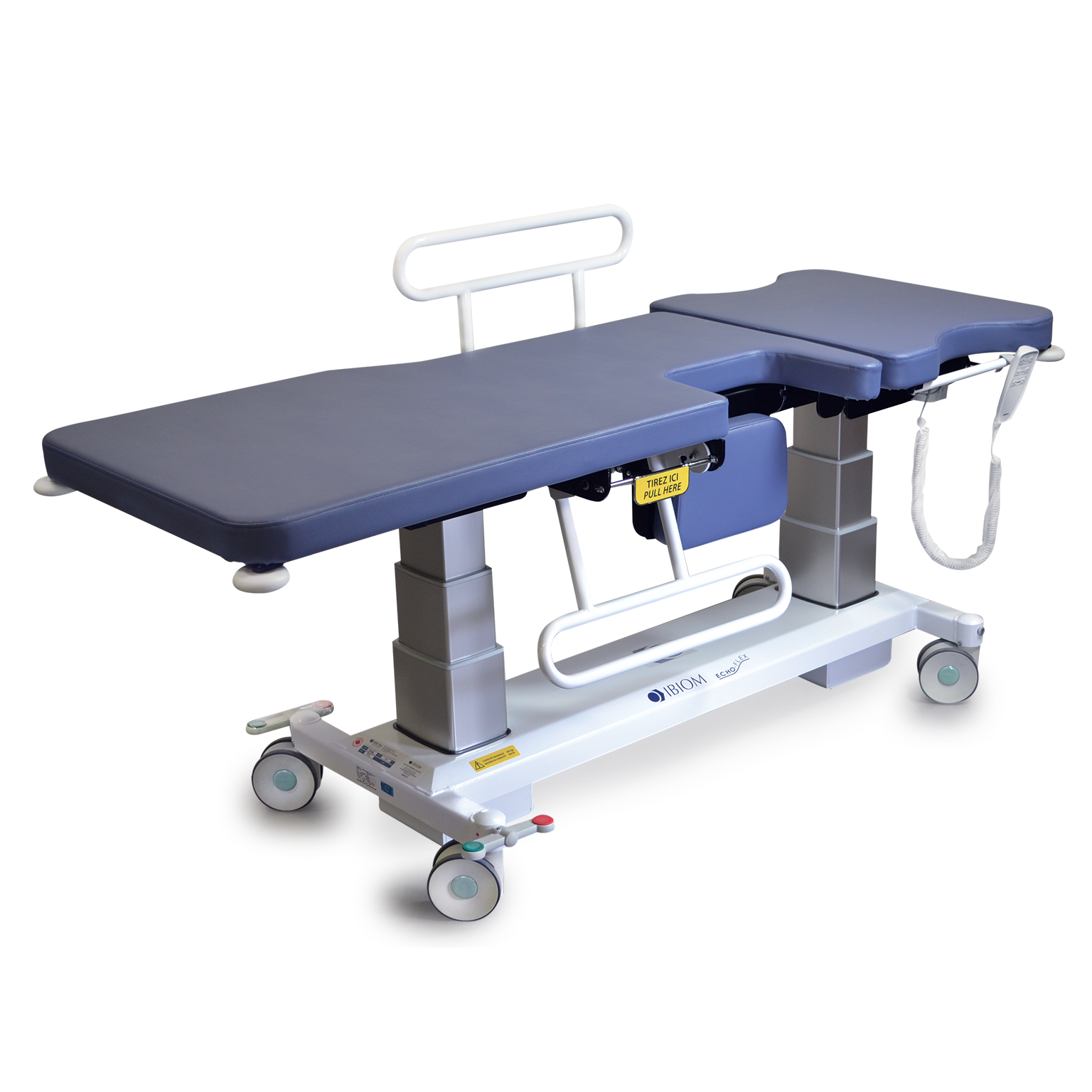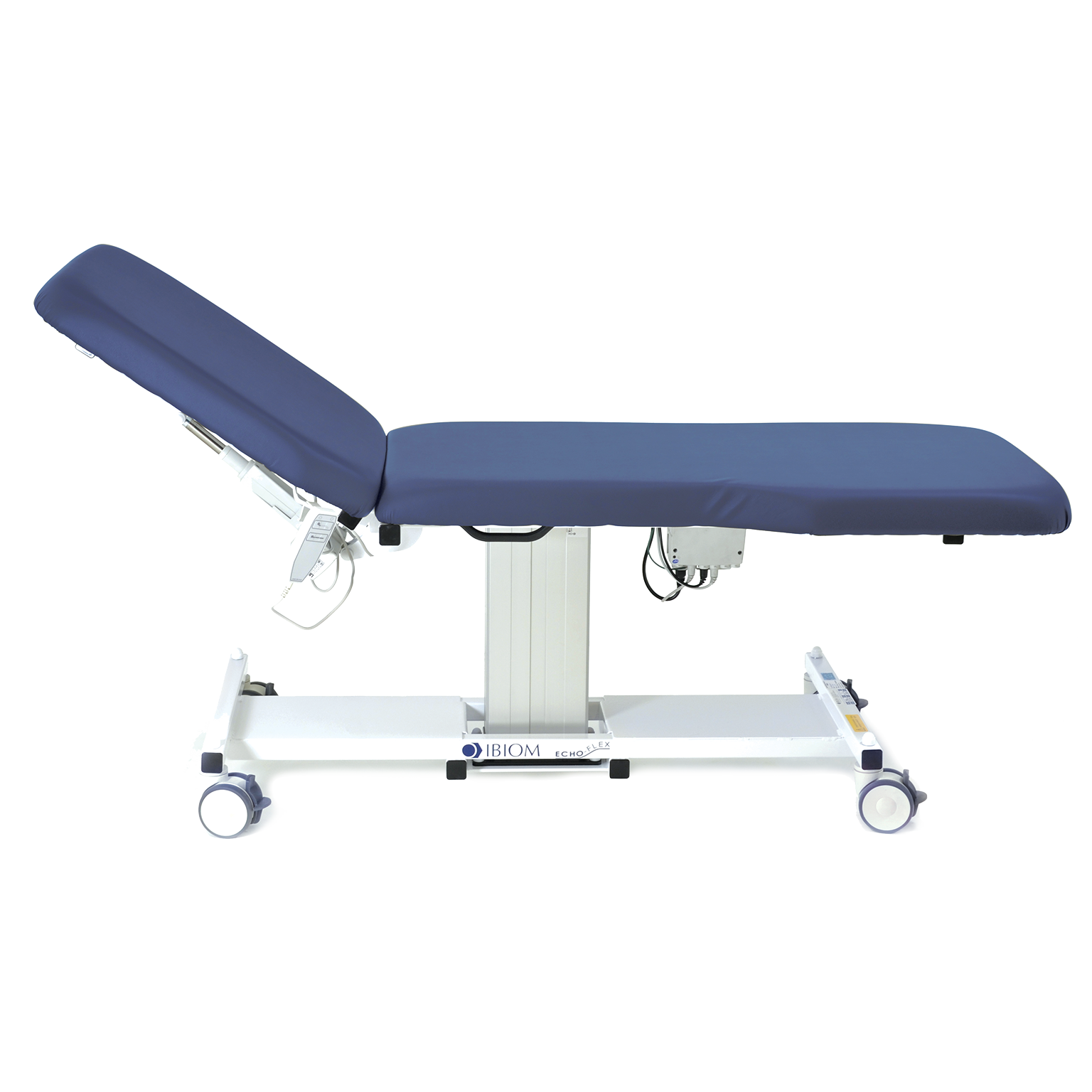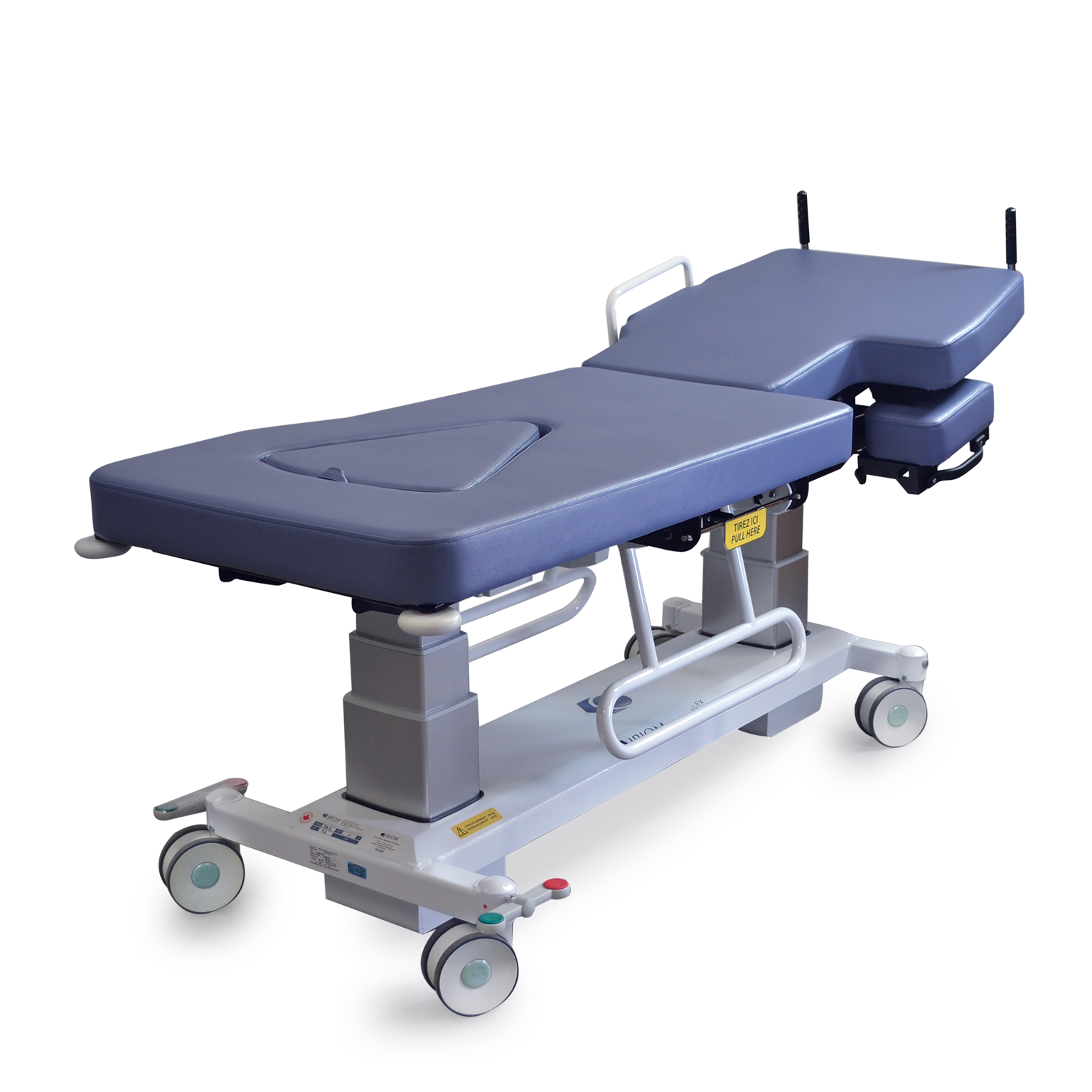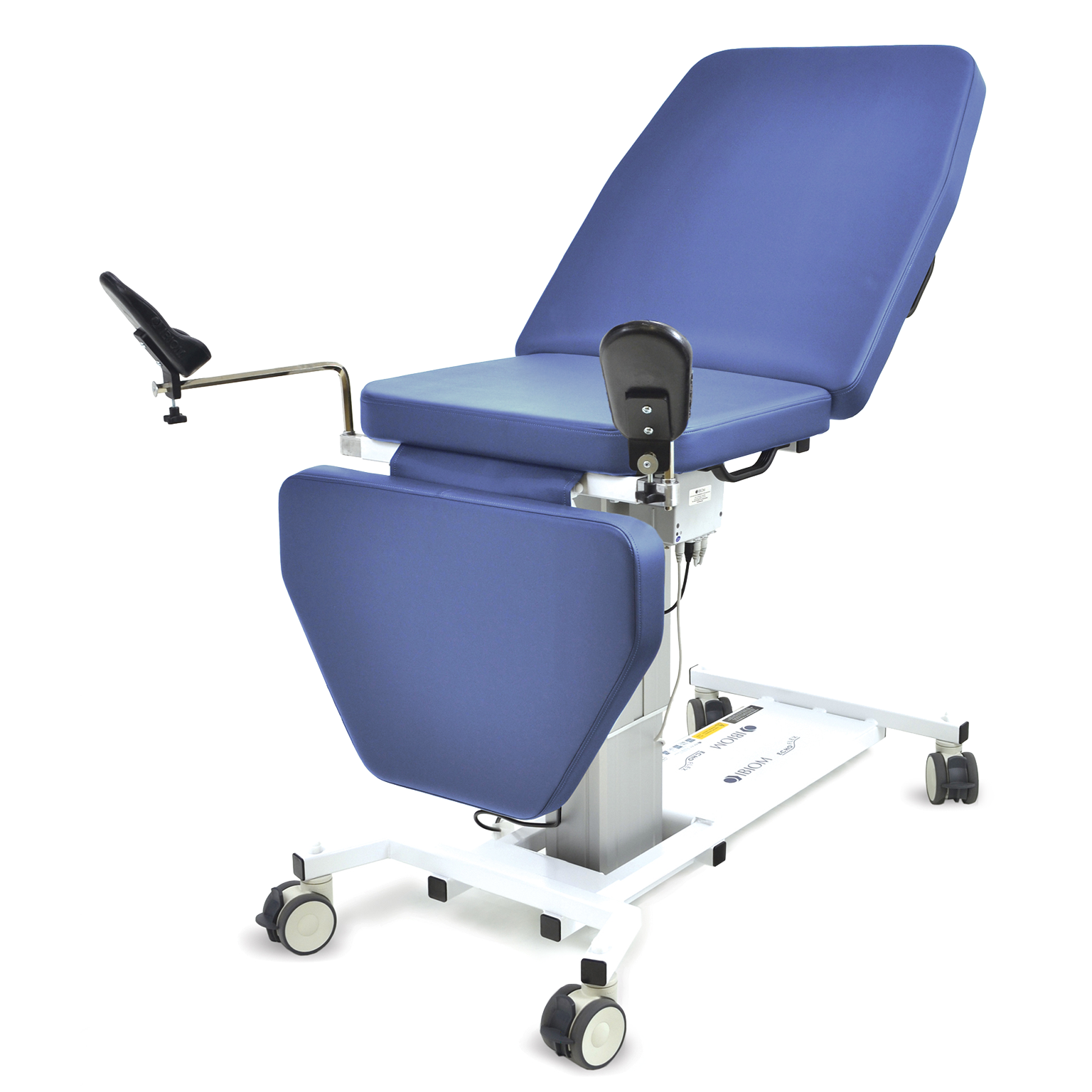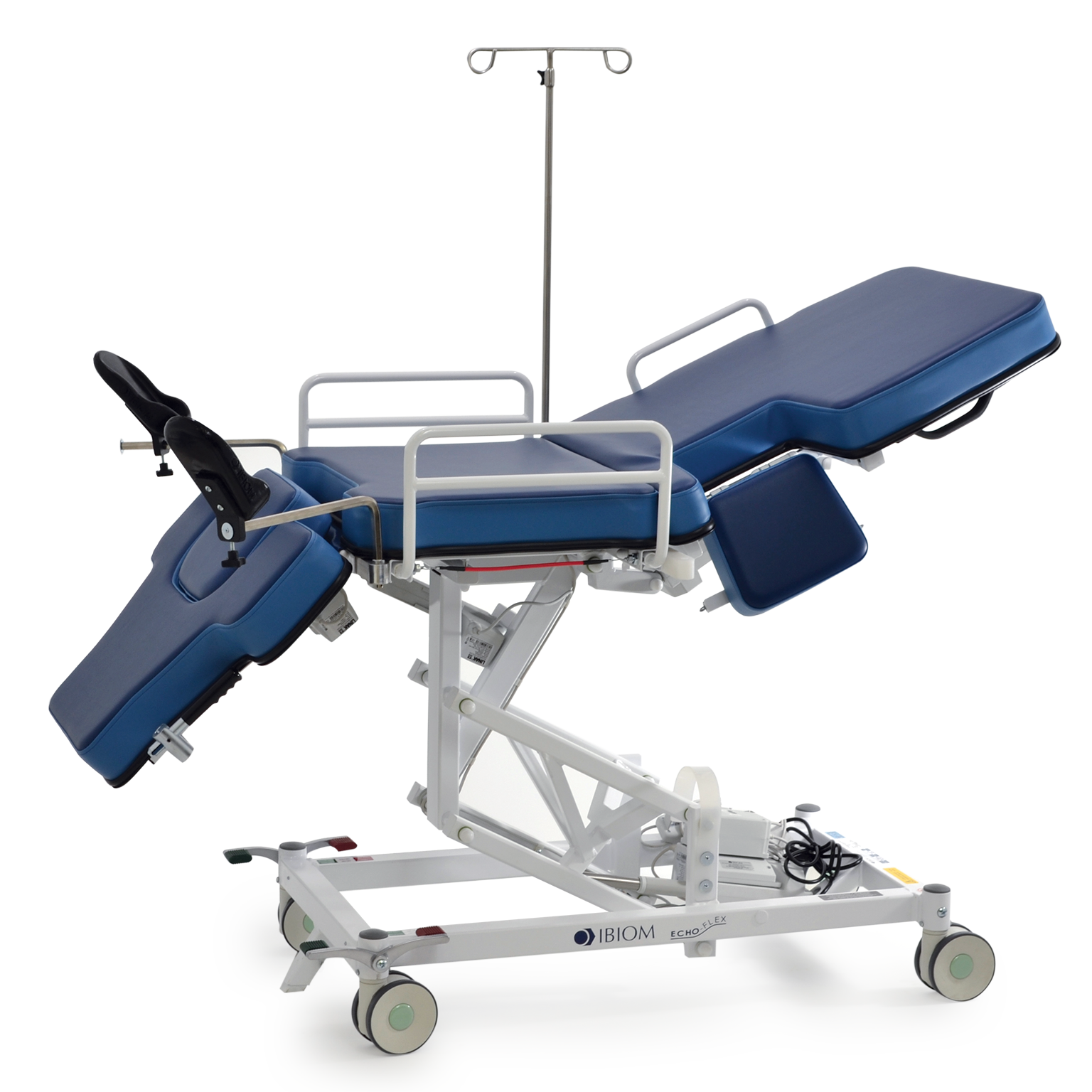Medical equipment for cardiology and echocardiography
Cardiology and echocardiography
Cardiology is a branch of medicine that studies the heart and its diseases. Using specialized medical equipment for cardiology and echocardiography, cardiologists and medical imaging technologists perform different types of cardiac examinations: angiography, coronography, echocardiogram, Doppler ultrasound, stress and resting electrocardiogram (ECG), chest x-ray, etc. These medical tests diagnose heart and vascular diseases, such as high blood pressure, heart failure, heart malformations, or pulmonary embolisms. These tests are usually performed in hospitals, cardiology institutes, and medical clinics.
Echocardiography, also called an echocardiogram or cardiac ultrasound, is a medical imaging technique that allows us to observe the heart. Doctors often prescribe this test to detect heart failure or monitor blood clots. There are several echocardiography techniques, such as transthoracic echocardiography, transesophageal echocardiography, and dobutamine echocardiography. Each of these techniques requires specialized medical equipment for cardiology and echocardiography.
During a transthoracic echocardiogram, the medical imaging technologist passes an ultrasound probe over the patient’s chest to obtain heart images. Transesophageal echocardiography provides better-defined images. It requires a probe to be passed into the patient’s mouth and esophagus. A catheter is usually inserted into the patient’s arm to administer pain medication during the procedure. Dobutamine cardiac ultrasound is used to observe the heart’s movement during exercise. To perform this test, the nurse places a catheter on the patient’s arm and connects an IV bag to administer dobutamine, a drug that mimics exercise conditions. Finally, the medical imaging technician looks at the heart with an ultrasound probe passed over the patient’s chest. All of these tests require specialized medical equipment for cardiology and echocardiography. The medical equipment must be ergonomic and adjustable to prevent musculoskeletal disorders and work-related injuries to cardiology technologists.
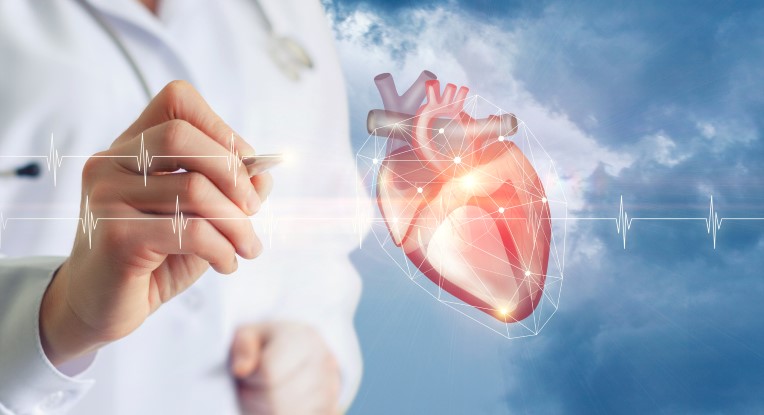
Are you looking for a brand of medical equipment?
IBIOM distributes equipment from several brands recognized for their quality and ergonomics, including ergoCentric and Allseating.
Medical equipment used in cardiology departments and echocardiography rooms
Echocardiography examinations are performed in cardiac ultrasound rooms. These rooms are equipped with specialized medical equipment for cardiology and echocardiography. The cardiac ultrasound room includes a treatment table on which the patient is positioned. Depending on the area of the heart being examined, the patient lies on his or her back or side. The treatment table is usually equipped with safety bars, also called “side rails” to ensure the patient’s safety and prevent falling risk. The treatment tables used in echocardiography rooms are usually adjustable in height to ensure that the medical imaging technician can work comfortably. The adjustment mechanisms are often electrically powered to prevent the medical staff from using excessive force to position the patient. In addition, treatment tables with a tilting backrest are often preferred because they allow the patient’s head and shoulders to be raised, which facilitates imaging.
The medical imaging technologist sits to the left or right of the patient. During some phases of the examination, the technologist works in a standing position. However, for the majority of the echocardiogram, the technologist sits. To easily approach the patient during the examination, the technologist sits in a chair that is not too bulky. Ideally, the chair has a backrest that provides adequate lumbar support. Sometimes the medical imaging technologist uses an ergonomic medical stool instead, which allows for greater freedom of movement. The echocardiography machine is located in front of the technologist. This equipment includes a console, screen, buttons, and an ultrasound probe. Generally, the cardiac ultrasound machine is small and light to make it easier to move. To avoid wrist injuries, the technologist should pay attention to how he or she holds the ultrasound probe. Ideally, the probe used should allow the technologist to keep the wrist in line with the forearm.
Do you have specific needs?
Our team of professionals at Ibiom is there to advise you and guide you towards the range of products best suited to your needs.
Do you have specific needs?
Our team of professionals at Ibiom is there to advise you and guide you towards the range of products best suited to your needs.
The importance of using ergonomic medical equipment for cardiology and echocardiography
Medical imaging technologists and cardiologists who regularly perform echocardiography examinations are susceptible to musculoskeletal disorders due to the postural demands of their profession. For example, health professionals must stretch their arms and reach when performing a heart ultrasound. Repetition of these movements can lead to shoulder, neck, back, and wrist pain.
Medical personnel suffering from musculoskeletal disorders and other work-related injuries often have to be placed on leave from work, resulting in high expenses, including treatment for their injuries and planning for their return to work. By focusing on using ergonomic medical equipment, musculoskeletal disorders and chronic pain can be prevented by cardiologists and medical imaging technologists.
For example, hospitals can equip their examination rooms with ergonomic treatment tables designed specifically for echocardiography. These treatment tables, like the ECHO-FLEX series, have features to facilitate the work of cardiologists and medical imaging technologists.
Want to know more about the features of our medical equipment?
Check out our blog to learn more!
ECHO-FLEX treatment tables for cardiology and echocardiography
A cardiology department head invented ECHO-FLEX treatment tables. He realized that the medical cardiology and echocardiography equipment used by medical imaging technologists was not adapted to their specific tasks and that this often caused serious work-related injuries. So, in partnership with Université de Montréal and the cardiology department of the Centre Hospitalier Universitaire Sainte-Justine, he set out to design an ergonomic treatment table that would reduce the musculoskeletal disorders frequently seen in cardiology technologists. The simple but ingenious solution he came up with was to add a curve to the mattress. This allows the medical technician to work closer to the patient during the exam, significantly reducing the need to stretch the arm. Since then, ECHO-FLEX treatment tables have continued evolving to offer more ergonomic features that focus on the comfort and safety of patients and medical imaging technicians.
The ECHO-FLEX treatment tables used in echocardiography rooms are the ECHO-FLEX 5002 CA-51, the ECHO-FLEX 5002 CA-55, and the ECHO-FLEX 4800-G with CA-10. All three models have a retractable opening to facilitate cardiac imaging examinations. They can all be equipped with optional retractable side rails to ensure patient safety during the exam. All three models have a reclining backrest, allowing for adjustment from 0 to 80°. On the ECHO-FLEX 4800-G with CA-10, the leg section is also adjustable from 0 to 90°. For easy handling of the treatment table, fixed or retractable carrying handles can be added as an option.
For examinations requiring an IV bag, an optional stainless steel IV pole can be attached to either side of the treatment table. An IV pole attached to the treatment table eliminates the need for floor space in the echocardiography room. ECHO-FLEX treatment tables are also designed to be easily adjusted with a backlit hand remote, which is standard on the ECHO-FLEX 5002 CA-51, and ECHO-FLEX 5002 CA-55 models. This allows the technologist to quickly and effortlessly adjust the treatment table (e.g., adjusting the backrest angle or table height) during an examination to achieve a better posture for the task at hand. Because of their ergonomic features, ECHO-FLEX treatment tables are excellent medical equipment for cardiology and echocardiography. They are also suitable for other medical applications, including radiology, radiation therapy, gynecology, and ultrasound.


